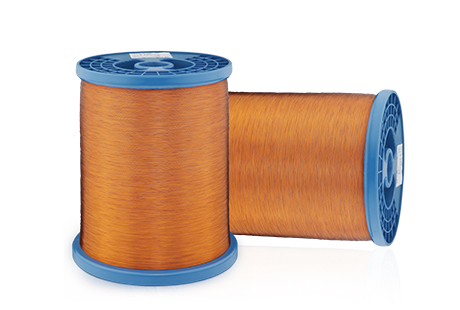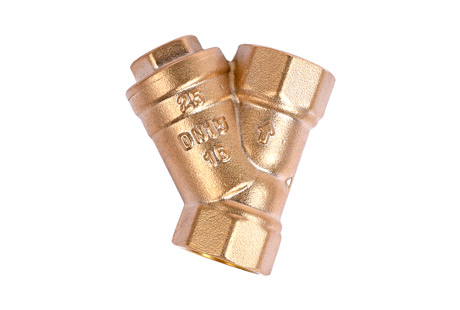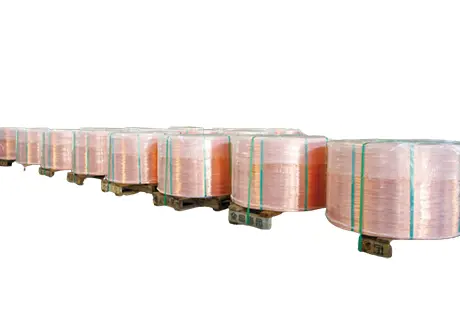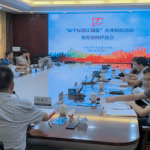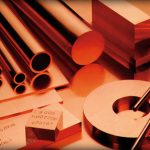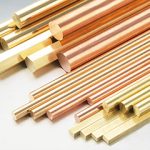Generator refers to mechanical equipment that converts other forms of energy into electrical energy. It is driven by water turbines, steam turbines, diesel engines, or other power machinery. It converts the energy generated by water flow, air flow, fuel combustion, or nuclear fission into mechanical energy and then converts it into electrical energy.
Generators have a wide range of applications in industrial and agricultural production, national defense, science and technology, and daily life. There are many forms of generators, but their working principles are based on the laws of electromagnetic induction and electromagnetic force. Therefore, the general principle of their construction is to use appropriate magnetic and conductive materials to form a magnetic circuit and circuit that mutually induce electromagnetic induction to generate electromagnetic power and achieve energy conversion.
Main Structure
Generators are usually composed of stators, rotors, end caps, bearings, and other components.
The stator is composed of stator core, coil winding, frame, and other structural parts that fix these parts.
The rotor is composed of rotor core (or magnetic pole, magnetic choke) winding, protective ring, center ring, slip ring, fan, and shaft. The stator and rotor of the generator are connected and assembled by bearings and end caps, allowing the rotor to rotate in the stator, cutting the magnetic field lines to generate induced electromotive force, which is then led out through the terminal and connected in a circuit to generate electric current.
Generators are widely used in many fields of China's national economy, including the communications industry, electric power industry, petroleum and petrochemical industry, transportation industry, high-rise buildings, banking and finance, construction industry, coal industry, manufacturing industry, and other fields. Analysis of the generator industry indicates that with the continuous maturity of technology, the application of generators in China continues to expand, such as in the fields of high-voltage units, super power stations, and marine units.
Between 2016 and 2019, China's generator output has been declining, from 140,663 MW in 2016 to 92,741 MW in 2019. With the continuous increase of wind power generation, hydropower generation, and other power generation equipment in recent years, China's generator output has rapidly rebounded between 2020 and 2021. In 2021, China's generator output reached 159,546 MW, a year-on-year increase of 12.6%.
In terms of application, due to the generator's portability, it is still difficult to replace in many fields. The demand in hospitals, banks, airports, outdoor workplaces, and other aspects is still large, and the generator is still considered a necessary emergency power source. At the same time, the country's investment in infrastructure construction, the growth of mobile communication demand, the promotion of national industrialization and urbanization processes, and the demand for high-technology and high-reliability backup power products will increase significantly.
Currently, compared with other power equipment, generators in China have a position that is difficult to replace in a short period of time. The products are mainly used as backup power sources and mobile power sources. They also serve as security power sources for hydropower plants, thermal power plants, and nuclear power plants. When the above-mentioned power plants undergo maintenance or accidents, they provide power guarantee for accident recovery, firefighting, and safety. In order to cater to market demand, generators will develop towards energy-saving, environmental protection, lightweight, small size, and aesthetically pleasing directions. The adjustment of product structure in diesel generator companies is urgent. It is expected that greater efforts will be made in technological innovation, guided by market demand, and gradually expand the industry's influence.
Enamelled wire is mainly used in the generator industry, with enameled copper wire and enameled aluminum wire being the most commonly used. Small generators exported to Europe and the United States mostly use enameled aluminum wire, while Southeast Asia and the domestic market mainly use enameled copper wire. The main sizes of enameled copper round wire for small generators are QZ/130L, QZ/155, QZY/180, with specifications mainly ranging from 0.50-1.00mm; the main sizes of enameled copper round wire for medium and large generators are QZY/180, Q(ZY/XY)/200, with specifications mainly ranging from 0.70-4.25mm; some generator products also use enameled copper flat wire.
Ningbo Jintian New Materials Co., Ltd. is committed to the research and production of enameled copper wire products. It has production bases in Chongqing, Guangdong, and Ningbo, and has top-class MAG and high-speed continuous drawing and enameling production lines in the industry. It produces high-precision electromagnetic series products as the core, and the products have passed UL certification and comply with EU ROHS directive requirements. It is the only company in China that has passed the certification of Volkswagen in Germany. Cooperative customers include LG, Brose, Japan Denso, Wangao, and Dechang Motor. Please feel free to call for inquiries: 0574-83005999.
Except for special customer requirements, the products are generally packaged in conventional packaging.
In the process of producing generators, each manufacturer will have differences in design, so different application fields have different requirements for the quality of enameled wire products. In addition to paying attention to the conventional requirements such as pinholes and voltage resistance, it is best to perform hot strip tests on products of 180-grade and especially 200-grade to verify the adhesion of the insulation film under continuous high-temperature conditions. If high-voltage resistance is required, consider using enameled wire with thicker insulation film.
Jintian Copper was established in 1986 and has been focusing on the copper processing industry for 36 years. It is a global leading manufacturer of copper alloys and advanced materials. The main products include copper tubes, rods, wires, strips, electromagnetic wires, valves, magnetic materials, and high-end alloys such as brass, bronze, purple copper, and white copper. It is committed to providing world-class products and services for the development of new energy vehicles, 5G communication, clean energy, consumer electronics, and other industries.

 English
English 한국어
한국어 français
français Deutsch
Deutsch Español
Español italiano
italiano العربية
العربية tiếng việt
tiếng việt Türkçe
Türkçe ไทย
ไทย 中文
中文
